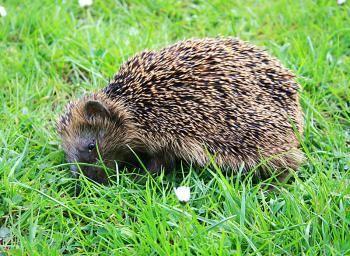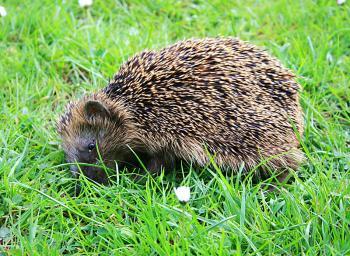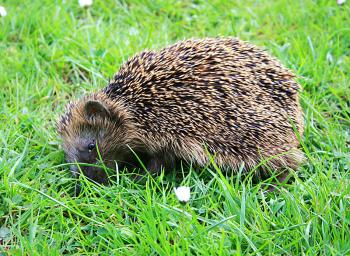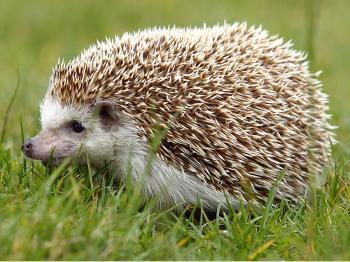Hamburg’s Hedgehog Protection Society attends to the well being of the small prickly mammals.
Oh my! A hedgehog lies on the grass with its head to the side—during broad daylight. Is it dead?
Irmgard Brook edges closer and looks at the little animal from a closer distance. No, it’s not dead. The hedgehog walks a few steps, staggers, remains motionless, and then lies down again with its head to the side. How about something to eat little guy? He seems to love cat food. He also doesn’t seem to be injured. Most likely the hedgehog just awoke from winter hibernation and is not quite awake yet. For certain, he will move on if his strength returns.
Hedgehogs in Distress
Who would have thought that more hedgehogs are killed in houses and gardens than on the streets?

Hedgehogs that meander about in daylight or lie in the sun need immediate care from a veterinarian or the closest hedgehog care station. Heike Soleinsky/The Epoch Times
|Updated:






